Dodge Journey: Valve, positive crankcase ventilation (PCV)
Description
The PCV valve contains a spring loaded plunger. The plunger meters the amount of crankcase vapors routed into the combustion chamber based on intake manifold vacuum.
Operation
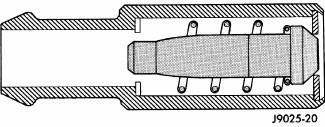
Fig. 39: Engine Off or Engine Backfire No Vapor Flow
When the engine is not operating or during an engine backfire, the spring forces the plunger back against the seat. This prevents vapors from flowing through the valve.
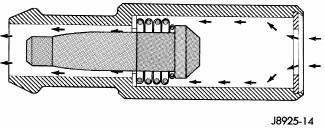
Fig. 40: High Intake Manifold Vacuum Minimal Vapor Flow
When the engine is at idle or cruising, high manifold vacuum is present. At these times manifold vacuum is able to completely compress the spring and pull the plunger to the top of the valve. In this position there is minimal vapor flow through the valve.
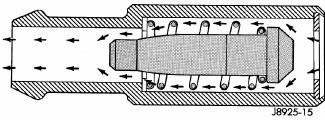
Fig. 41: Moderate Intake Manifold Vacuum Maximum Vapor Flow
During periods of moderate intake manifold vacuum the plunger is only pulled part way back from the inlet.
This results in maximum vapor flow through the valve.
Diagnosis and Testing
PCV SYSTEM
WARNING: apply parking brake and/or block wheels before performing any test or adjustment with the engine operating.
1. With engine idling, remove the hose from the PCV valve. If the valve is not plugged, a hissing noise will be heard as air passes through the valve. A strong vacuum should also be felt when a finger is placed over the valve inlet.
2. Install hose on PCV valve. Remove the make-up air hose from the air plenum at the rear of the engine.
Hold a piece of stiff paper (parts tag) loosely over the end of the make-up air hose.
3. After allowing approximately one minute for crankcase pressure to reduce, the paper should draw up against the hose with noticeable force. If the engine does not draw the paper against the grommet after installing a new valve, replace the PCV valve hose.
4. Turn the engine off. Remove the PCV valve from intake manifold. The valve should rattle when shaken.
5. Replace the PCV valve and retest the system if it does not operate as described in the preceding tests. Do not attempt to clean the old PCV valve.
Removal
2.4L
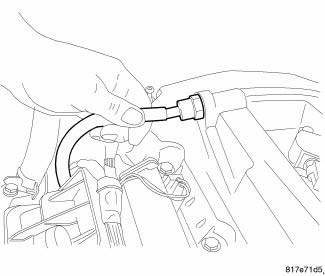
Fig. 42: Positive Crankcase Ventilation Hose Removed
1. Remove the engine cover.
2. Remove the hose from the PCV valve.
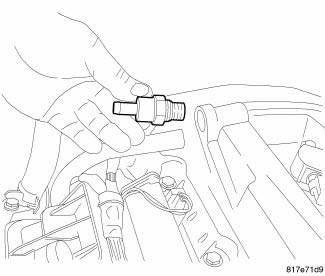
Fig. 43: Positive Crankcase Ventilation Removed
3. Unscrew the PCV valve.
2.7L
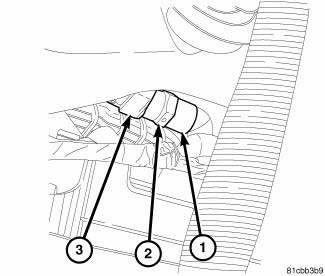
Fig. 44: Positive Crankcase Ventilation Valve - 2.7L
The Positive Crankcase Ventilation (PCV) valve is located under the intake manifold on the right rear bank of the engine.
1. Remove positive crankcase ventilation (PCV) hose (3) from PCV valve (2).
2. Unscrew PCV valve (2) from valve cover (1).
3.5L
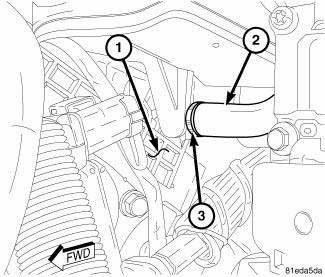
Fig. 45: Positive Crankcase Ventilation Valve - 3.5L
The Positive Crankcase Ventilation (PCV) valve is located on the end of the rear valve cover.
1. Remove positive crankcase ventilation (PCV) hose (2) from PCV valve (3).
2. Unscrew PCV valve (3) from valve cover (1).
Installation
2.4L
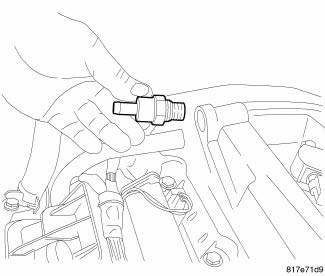
Fig. 46: Positive Crankcase Ventilation Removed
1. Lubricate the O-ring on the valve.
2. Install the PCV valve and tighten the valve to 8.1 N.m (72 in. lbs.).
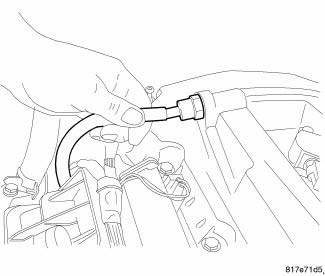
Fig. 47: Positive Crankcase Ventilation Hose Removed
3. Install the hose.
4. Install engine cover.
2.7L
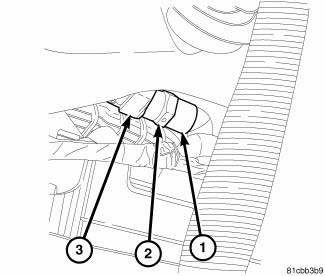
Fig. 48: Positive Crankcase Ventilation Valve - 2.7L
1. Install positive crankcase ventilation (PCV) valve (2) to valve cover (1) and tighten to 4 N.m (35 in. lbs.).
2. Install positive crankcase ventilation (PCV) hose (3) to PCV valve (2).
3.5L
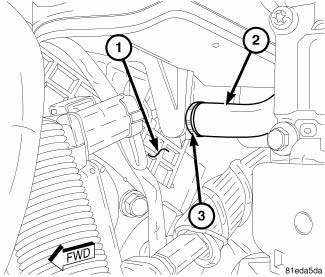
Fig. 49: Positive Crankcase Ventilation Valve - 3.5L
1. Install positive crankcase ventilation (PCV) valve (3) to valve cover (1) and tighten to 4 N.m (35 in. lbs.).
2. Install positive crankcase ventilation (PCV) hose (2) to PCV valve (3).
 Switch, evaporative emissions system monitor
Switch, evaporative emissions system monitor
Operation
Fig. 29: Evaporative Emissions System Monitor Switch
- Intake Manifold
- Throttle Body
- Purge Solenoid
- Filter
- ESIM
- Vapor Canister
- Control Valve
- Fuel Tank
- ...
See also:
Cover(s), cylinder head, left
REMOVAL
1. Disconnect negative battery cable.
2. Disconnect electrical connectors from ignition coils and capacitor.
Reposition electrical harness.
3. Remove ground strap from cylinder head c ...
Installation
Two unique brake lamp switches are used in this vehicle, depending upon
whether the vehicle was built during
early or late production. These switches are not interchangeable. Both switches
are il ...
Description, Operation
DESCRIPTION
There are two unique park brake switches used on this vehicle, depending upon
whether the vehicle has a foot-operated or hand-operated park brake lever
mechanism.
FOOT-OPERATED
Fi ...

